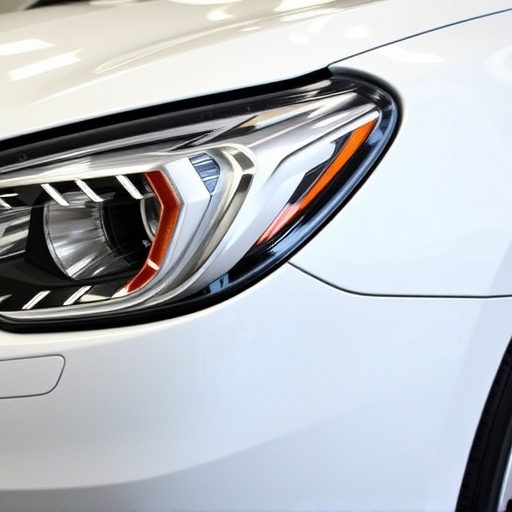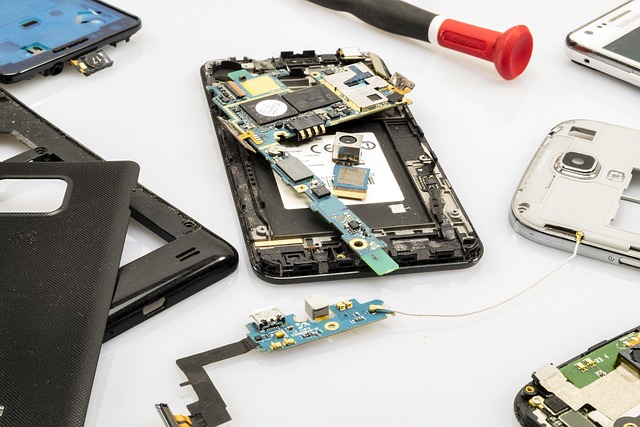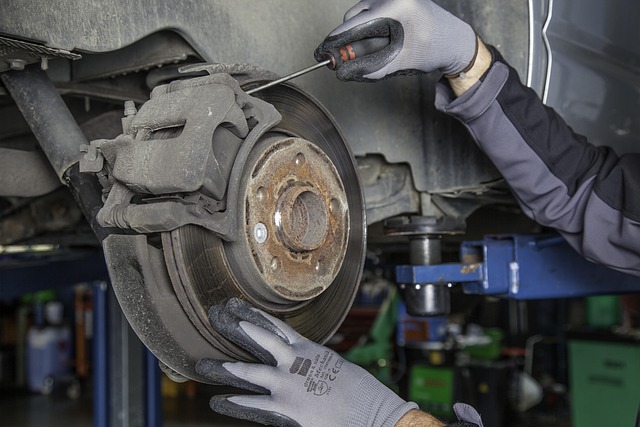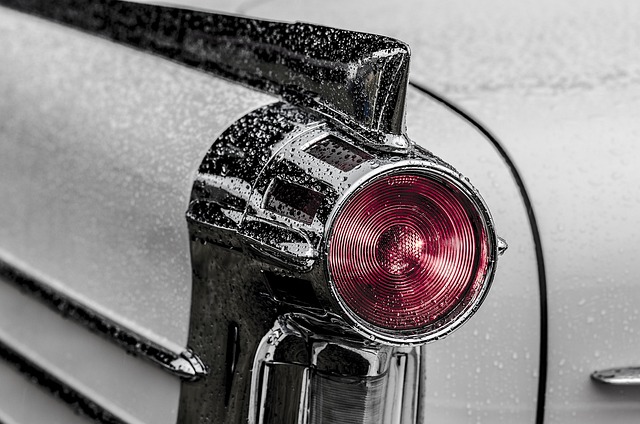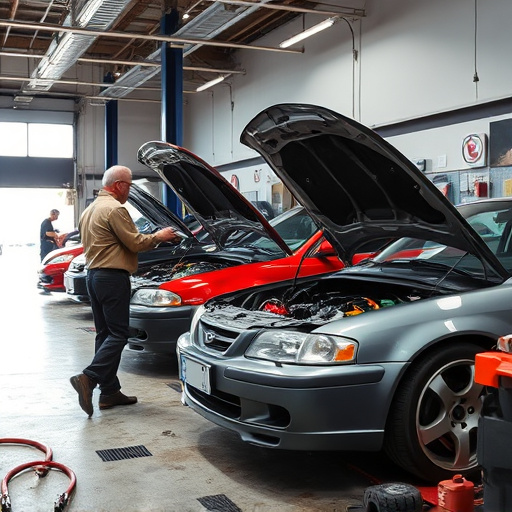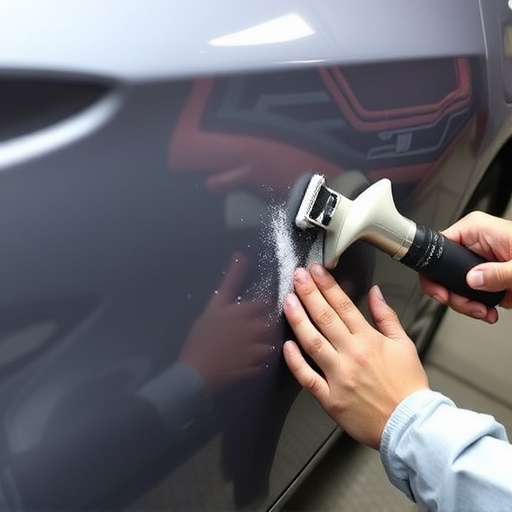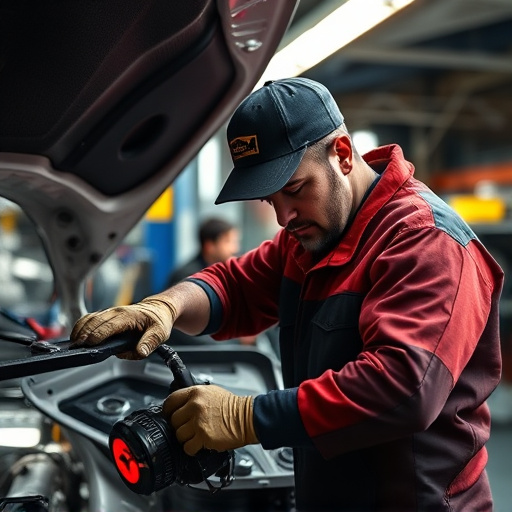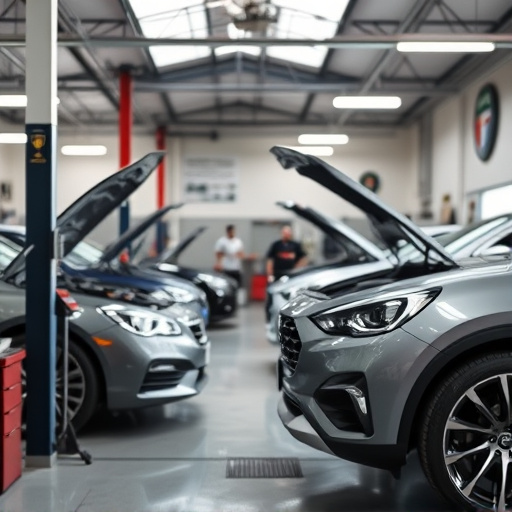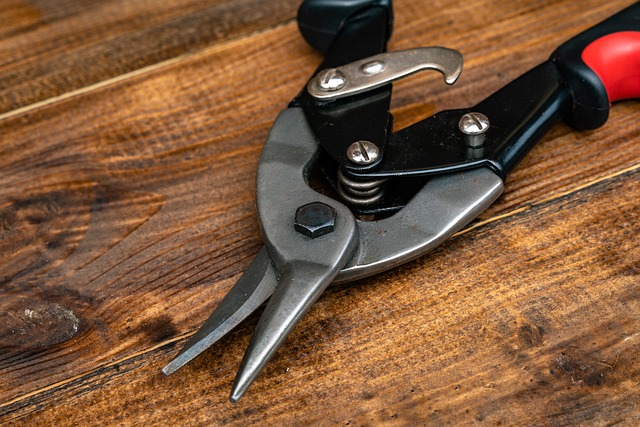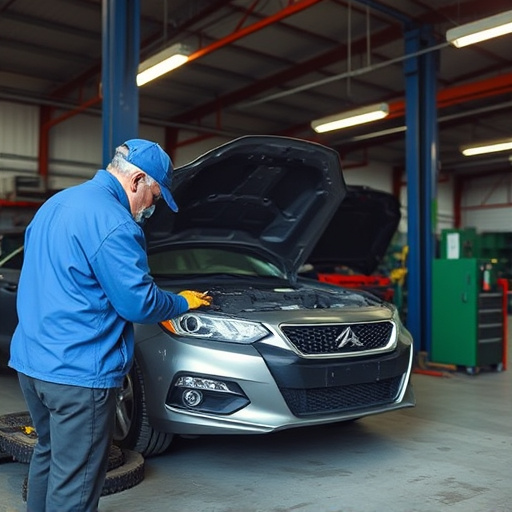Advanced scanning technologies and material science innovations revolutionize Tesla structural integrity repair by offering precise assessments and enhanced precision. Robotics integration further streamlines processes, minimizing human error, and guaranteeing meticulous care, resulting in superior repairs, improved vehicle lifespan, and optimal road conditions for Teslas.
In the realm of Tesla structural integrity repair, advanced tools are revolutionizing the way damage is assessed and rectified. From sophisticated scanning technologies that pinpoint precision points, to material science innovations enhancing durability, robotic precision is elevating the entire repair process. This article delves into these cutting-edge techniques, exploring how they’re transforming the landscape of Tesla repairs, ensuring vehicles return to their optimal state.
- Advanced Scanning Technologies for Tesla Repairs
- Material Science Innovations in Structural Integrity
- Robotic Precision: Transforming Repair Process
Advanced Scanning Technologies for Tesla Repairs

In the realm of Tesla structural integrity repair, advanced scanning technologies have emerged as indispensable tools for collision repair shops and auto body repairs alike. These innovative systems go beyond traditional measurement methods by providing precise 3D scans that capture every detail of a vehicle’s structure. This level of accuracy is crucial in ensuring that any repairs are both effective and precise, preserving the car’s original integrity and safety standards.
By integrating these advanced scanning technologies, collision repair professionals can thoroughly assess damage, diagnose structural issues, and plan repairs with meticulous care. Unlike manual inspections, which might miss subtle anomalies, these digital tools enable comprehensive analysis, facilitating more efficient and reliable Tesla structural integrity repair processes. This not only enhances the overall quality of auto body repair but also guarantees that every vehicle returns to its optimal condition on the road.
Material Science Innovations in Structural Integrity

In the realm of Tesla structural integrity repair, material science innovations play a pivotal role, revolutionizing how damage is assessed and addressed. The advanced tools employed in this field leverage cutting-edge technologies to ensure precision and effectiveness in vehicle collision repair, particularly for high-tech vehicles like Teslas. These innovations involve materials designed to withstand extreme forces, enhancing overall structural integrity and safety standards.
For instance, new composite materials and specialized adhesives are now used extensively in frame straightening processes. These materials offer superior strength-to-weight ratios, enabling more intricate repairs while maintaining the vehicle’s original structure. Furthermore, advanced sensors and imaging technologies allow for detailed analysis of car dent removal, ensuring that even subtle misalignments are detected and rectified, thereby preserving the aesthetic appeal and performance capabilities of Tesla vehicles.
Robotic Precision: Transforming Repair Process

The advent of robotics has revolutionized Tesla structural integrity repair, introducing unprecedented precision and efficiency into the process. With their meticulous accuracy, robotic systems are capable of performing intricate tasks that were once manual and time-consuming. This technological advancement significantly reduces the risk of human error, ensuring that every component is handled with the utmost care during restoration.
In an auto collision center setting, robots can expertly handle even the smallest details, from aligning body panels to meticulously repairing auto glass. This level of precision not only accelerates the car restoration process but also guarantees superior results. By employing robotic tools, skilled technicians can focus on more complex aspects of repair, ultimately enhancing the overall quality of Tesla structural integrity repairs and contributing to the longevity of these vehicles.
Tesla structural integrity repair has evolved significantly thanks to advanced tools like scanning technologies, material science innovations, and robotic precision. These cutting-edge solutions not only enhance the accuracy and efficiency of repairs but also ensure that Tesla vehicles maintain their superior safety standards. As technology continues to advance, we can expect even more innovative approaches to streamline and optimize the structural integrity repair process for electric vehicles.
